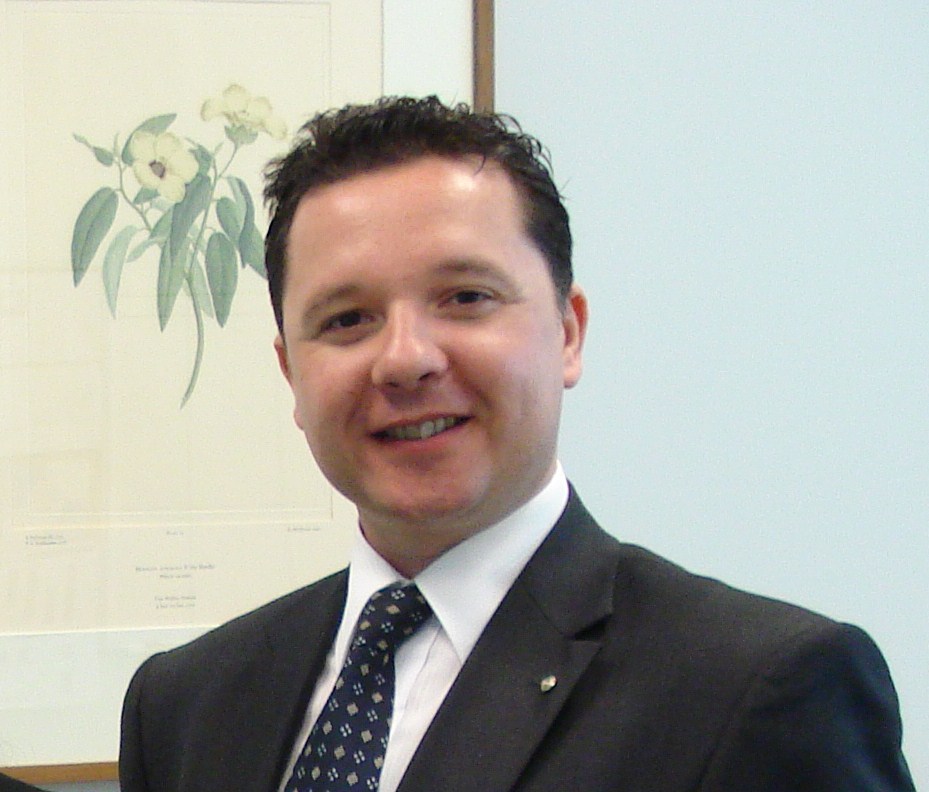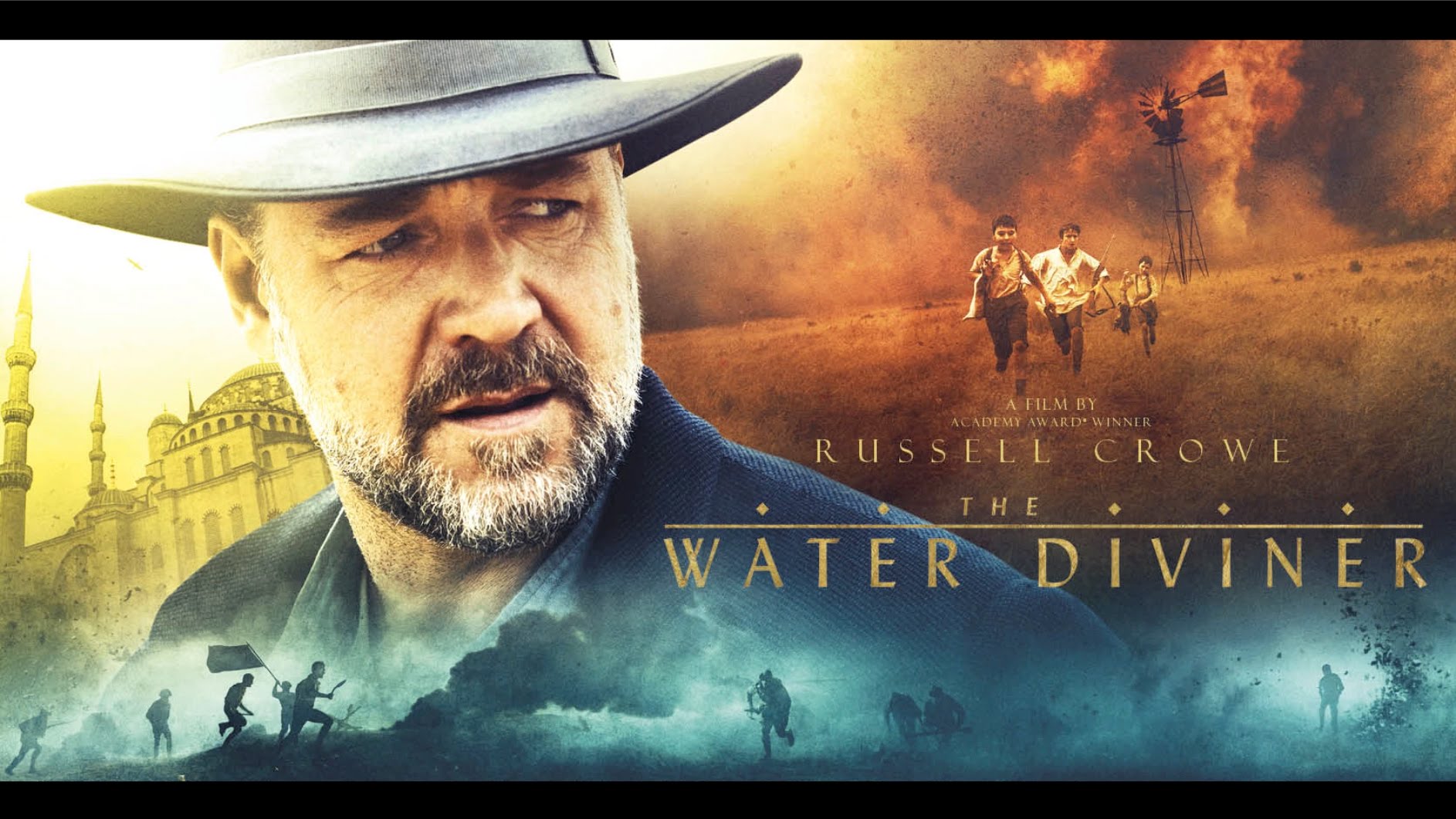By Dr Panayiotis Diamadis | Wednesday, 14 January 2015

Dr Panayiotis Diamadis lectures in Genocide Studies at the University of Technology, Sydney.
‘Bizarre’, ‘Disgusting’, ‘Lies’ and ‘Disgraceful’. These are some of the responses to the depiction of Hellenes in The Water Diviner, screenplay and novel by Andrew Anastasios and associates. Anastasios and his co-writers have done serious dis-service to both Kleio, Muse of History, and to Hellenism.
A daughter of Zeus, Kλείω may translate as ‘to recount’, ‘to make famous’, or ‘to celebrate’. Anastasios’ misconstructions and omissions result in the film and its accompanying novel presenting the indigenous Hellenes of Anatolia as ‘Satan’s Army’, as barbarous invaders. In its drive to create an anti-war message, The Water Diviner ends up as fantastic propaganda where victims become perpetrators and perpetrators become victims.
In The Water Diviner, Anastasios omits that Hellenes, Armenians and Assyrians are the indigenous peoples of Anatolia, omits that Armenians lived in the region where most of the action in the film and the novel takes place, depicts the indigenous Hellenes of Anatolia so disparagingly even the Turkish newspaper Zaman decries it, and much more.
In a recent interview, Russell Crowe claimed that “after 100 years, it’s time to expand that mythology”, Australia “should be mature enough as a nation to take into account the story that the other blokes have to tell.” Fair enough. This should include the story of the indigenous peoples of Anatolia who were being subjected to genocide at the time when the film is set, in the land where the film’s action unfolds.
The first step in setting right a litany of wrongs is a disclaimer at the beginning of each screening of this film acknowledging that Hellenes, Armenians and Assyrians are the indigenous peoples of Anatolia and that the film may offend them and their descendants.

History and Fantasy
The Water Diviner is about a man who travels to eastern Thrace and Anatolia after the Battle of Gallipoli to try to find his three missing sons. The premise of an Australian wandering around western Anatolia in 1919 is incredulous. Australian World War One veteran Major George Devine Treloar told the Sydney Morning Herald in May 1927 “that Turkey was a bad place for foreigners at the present time”.
The story deals (in part) with the Anzac prisoners-of-war of the Ottoman Empire in World War One. The climax of the story takes place in a medieval Orthodox church in the city of Akroinos (modern Afyonkarahisar).
Anzac and other Allied POWs (especially Indians) died in captivity by the thousand. Anzac POWs recorded how Armenian and Hellenic churches and houses across Anatolia were their prison camps. Akroinos’ main prisoner-of-war camps were the massive Armenian Church and its neighbourhood of formerly Armenian-owned houses.
The Water Diviner paints indigenous Anatolian Hellenes as barbaric invaders, at one point being labelled ‘Satan’s Army’ by one character. Surviving Anzac prisoners recorded how Hellenes assisted in their survival – and in some cases, their escape.
Crowe and his writers are derided by Guy Walters of The Telegraph (London), Barry John Clark, President of the New Zealand Veterans Association, and Major General David McLachlan, President of the Victorian RSL amongst others for holding positions that are “utterly without foundation”.
In Major General McLachlan’s words, “Russ must have been asleep during that lesson at school,” referring to the inclusion of the Turkish view of Gallipoli in this country’s schools and universities.
The danger of this and other similar films that claim to be ‘inspired by actual events’ is that because Crowe is a famous actor, his words are taken as being authoritative. His film may be treated as actual history. As educators and as consumers, we should take this problem seriously.
As demonstrated by Peter Weir’s Gallipoli (1980) – a favourite of secondary school teachers – the problem with the glib Anastasios-Crowe approach is that audiences develop completely skewed, often false, historical knowledge; implanting false memories in public history.
As seen with the explosion of ‘Anzackery’ over the last generation, this collective false memory has major effects on our understanding of our own past, how we explain our past to ourselves, how we regard ourselves, and how we act as a national collective. The 1934 Mustafa Kemal ‘statement’ about mothers and sons exemplifies this point. As illustrated by Prof Peter Stanley, there is no evidence Mustafa Kemal ever addressed a message to grieving Australian mothers. Yet the ‘statement’ is omnipresent in political and historical writing around Anzac.
Similarly, Anastasios and Crowe “expand” the very mythologies they are seeking to undermine. As Crowe stated, “You know, because we did invade a sovereign nation that we’d never had an angry word with. … we shouldn’t celebrate the parts of that mythology that shouldn’t be celebrated.”
The Ottoman Empire launched a campaign of destruction against its indigenous peoples from January 1914, beginning with violent expulsions of the Hellenes of the very region (the Gallipoli Peninsula) where so many Anzacs and other allies fell months only later.
The Ottoman Empire joined the Central Powers and invaded British Egypt and the Russian Caucasus in 1914. On New Year’s Day 1915, two Afghan cameleers flew the Ottoman banner in their assault on a trainload of picnickers outside Broken Hill NSW.
In seeking to promote an anti-war message at a time when extreme ideologies are wreaking havoc, Anastasios and Crowe are engaging in a dangerous revisionism of historical events. In some aspects, this constitutes genocide denial by omission. While Anastasios may claim ‘artistic licence’, that this film and its novel are entertainment, historical events should not be used as the basis of works that distort them. This is not the History Kleio personifies.
comments
Կոչ Հայութեան ու Հայրենիքի Իշխանութեան
Editorial:1918-2024. The Struggle for Independent, Sovereign Statehood Continues
Armenia Media Updates: 29 March 2023 Edition
Armenia Media Updates: 23 March 2023 Edition
#TogetherForSyria Telethon Raises over $110,000 for Armenians In Syria
10 August 2022: Week to Week by Armenia Media with Shahen Araboghlian
3 July 2022: Week to Week by Armenia Media with Shahen Araboghlian
17 June 2022: Week to Week by Armenia Media with Shahen Araboghlian